Applications for Ohio Farm Bureau Health Plans now available
Members have three ways to apply: contacting a certified agent, calling 833-468-4280 or visiting ohiofarmbureauhealthplans.org.
Read MoreAs there are quite a few vegetables able to withstand the cool soil temperatures of early spring, I wanted to further explore the topic of cold weather vegetable crops. Starting seeds when the temperature is as low as 40 degrees is easy, but you must first make sure to choose the right vegetables for these cooler temperatures.
Many Ohio gardeners use St. Patrick’s Day to mark the first day of the gardening season, when the soil temperatures should be in the 40s, enabling many of the cold crop vegetables to germinate. Cool season crops are not injured by a light frost and many will bolt and produce flowers in the heat of summer, making the foliage bitter tasting. Nevertheless, just because the soil temperature is good for germination doesn’t mean the plants will thrive as the air might still be too cold.
Beets
* Beets need soil temperatures of at least 40 degrees but prefer 50 degrees and above.
* Soak beet seeds in warm water for about 24 hours before sowing to aid germination. Plant in loose, rich, well-drained soil.
* Thin seedlings to about 4 inches apart. The removed leaves can be eaten as greens.
* Successive plantings at three weeks will keep the harvest coming.
* Beets need 60 days to reach maturity.
Carrots and Radishes
* Carrots and radishes require soil temperatures of at least 40 degrees but prefer temperatures of 45 degrees and above.
* Intermingle carrot and radish seeds together or plant them next to each other as radish seeds germinate faster than carrots and can be used as row markers.
* Some radishes reach maturity in as few as 24 days (depending on the variety). Carrots take two weeks to germinate and approximately 60 days to mature.
* Radishes should be thinned to 1 inch apart, while carrots should be thinned to about 3 inches apart.
* Radishes should be harvested when the root is ½ to 1 ½ inches across.
* Carrots can be harvested as small “babies” or “grown-ups” as large as 2 inches across.
* Sow carrots and radishes at three-week intervals for an extended harvest, until early summer.
* Soil should be loose, well-drained, and rich in compost.
Onions
* Onions need soil temperatures of at least 36 degrees but prefer temperatures of 50 degrees and above.
* They can be started three ways: sets, seeds, and transplants. Planting with sets is the easiest.
* Sets are onions started from seed the previous year. Select sets that are about the size of a marble and firm to touch.
* Plant 1 ½-2 inches deep, spacing 3-4 inches apart, with stems pointing up.
* Keep the plants equally moist, watering deeply so the roots grow down and not up.
* Onions are edible at any stage; immature onions can be eaten as green onions.
* Harvest the mature onions when half of the tops have fallen over and the bulb has a papery skin.
Spinach
* Spinach requires soil temperatures of at least 36 degrees but prefers temperatures of 45 degrees and above.
* Soil should be fertile and well-drained.
* Spinach grows best in full sun.
* Thin the crowded seedlings by pinching or snipping at the base; save these to use in salads.
* Harvest the whole plant by either pulling it up roots and all or by cutting it off at the base.
Using plastic sheeting may raise soil temperatures. Black plastic warms the soil and keeps light away from weed seeds-clear plastic heats the soil but allows sunlight in and encourages weeds to germinate. Infrared-transmitting (IRT) plastic allows infrared light through to warm the soil but blocks the visible light weeds need to grow. Row covers are another way to warm the garden air area and prevent frost, snow, and insects from harming plants. PVC pipe can be bent over the garden row and then covered with fabric. Anchor the fabric with sod pins or rocks. Be mindful of warmer air temperatures because the air under the cover soon becomes very warm and damages the enclosed plants.
More Tips
* Be prepared: a hard freeze will kill seedlings.
* Table cloths, bed sheets, and even newspaper pirate hats can be used to protect plants from frost.
* Never use plastic sheeting to protect plants from frost because the plastic can act as conductor of cold air. Also, moisture can be trapped, making the space colder.
* Particularly with root vegetables, garden soil will need plenty of organic material added to help aerate the soil.
* Vegetables grow best in full sun gardens.
* Water deeply as shallow-rooted plants need more water.
Getting a jump on the spring growing season is fun and fairly easy-just be aware of the needs of the plants you have selected. There is nothing like beating the rest of the neighbors to harvesting the first vegetable of the season.
Barbara Arnold’s article on Cabbage, Kale, Potatoes, Lettuce, and Peas
Barbara Arnold is green corps coordinator at Franklin Park Conservatory.
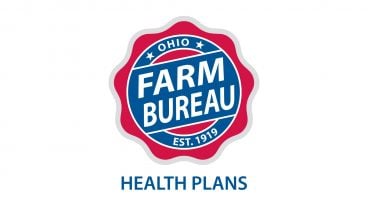
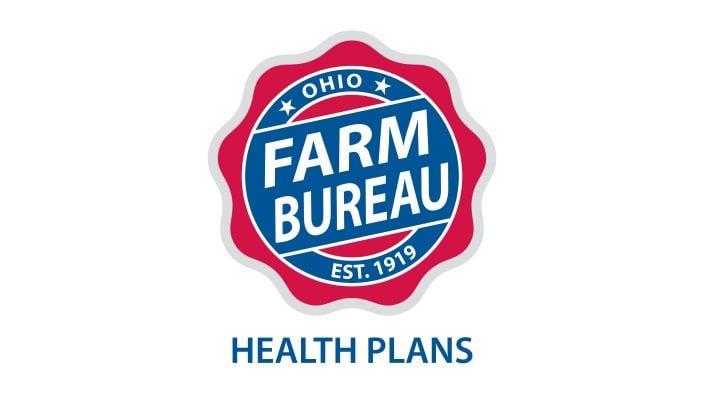
Members have three ways to apply: contacting a certified agent, calling 833-468-4280 or visiting ohiofarmbureauhealthplans.org.
Read More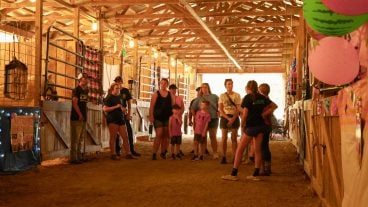
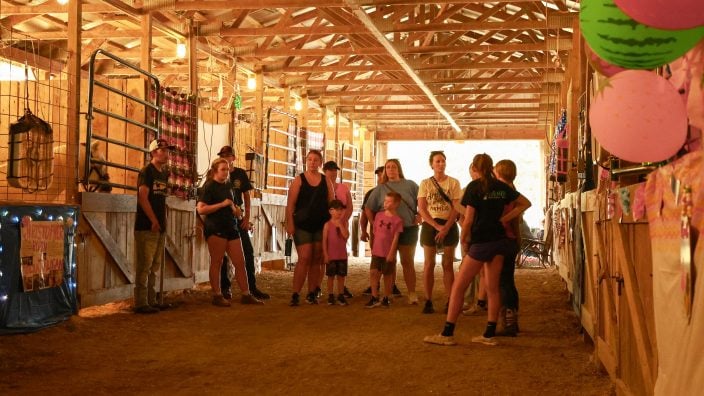
The American Farm Bureau Federation County Activities of Excellence awards celebrate unique, local, volunteer-driven programs.
Read More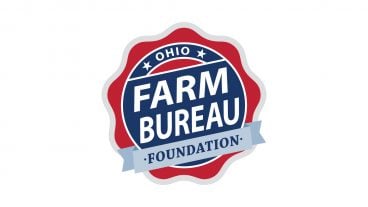
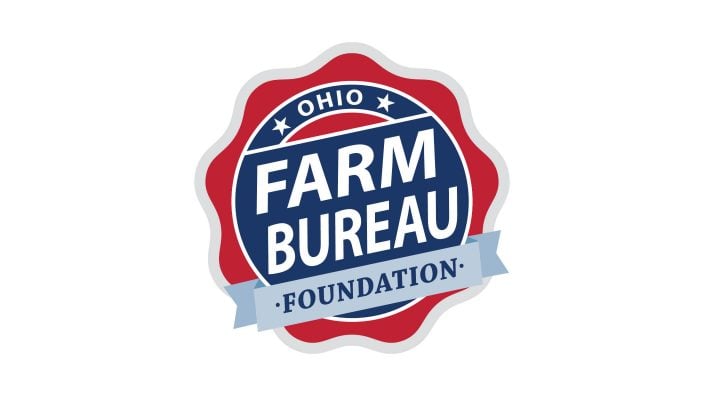
The scholarship provides one renewable award of $10,000, supporting a student pursuing a degree in agriculture or an agriculture-related field.
Read More

A short conversation over the phone, a quick text message or even finding a small daily habit such as journaling can make a big difference.
Read More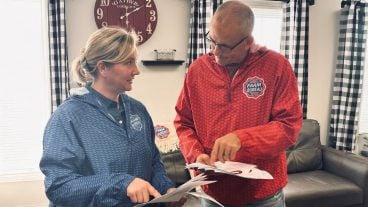
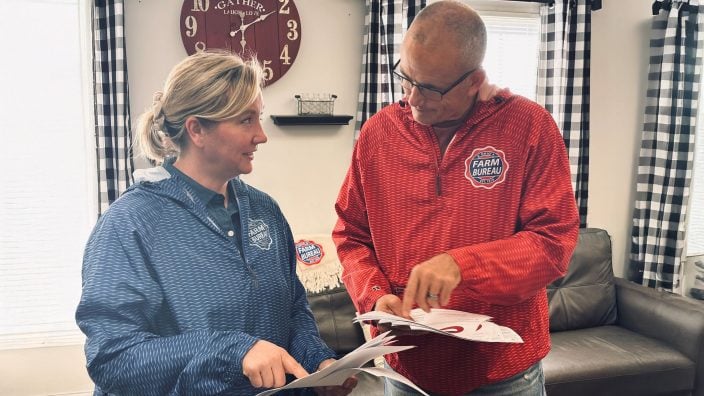
One of the best decisions Shannon and Heather Utter made a few years ago was looking into a Farm Bureau member benefit that has ended up saving them thousands of dollars on their energy bills.
Read More

Ryan Hiser has experienced first-hand the importance of having the opportunity to vote on issues that will affect his family operation and other farmers.
Read More

Bill Patterson, Cy Prettyman and Adele Flynn will continue to serve as officers for Ohio Farm Bureau Federation.
Read More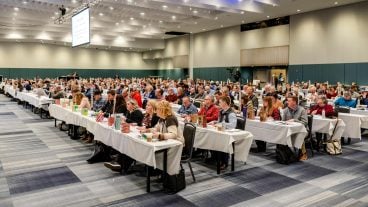
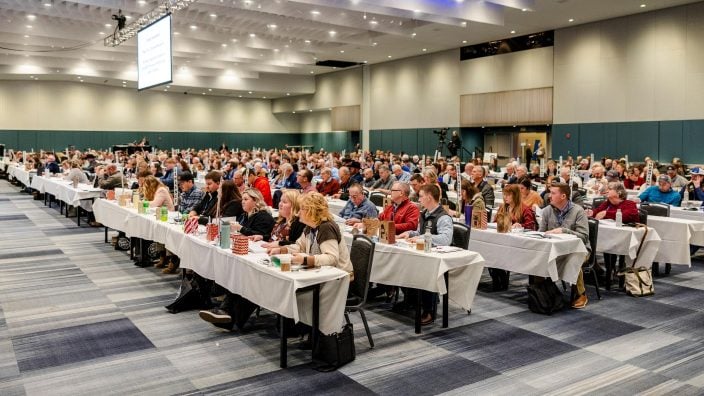
Delegates discussed many topics impacting agriculture including farmland preservation, local foods, and succession planning.
Read More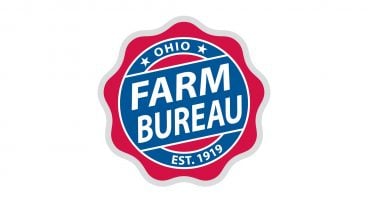
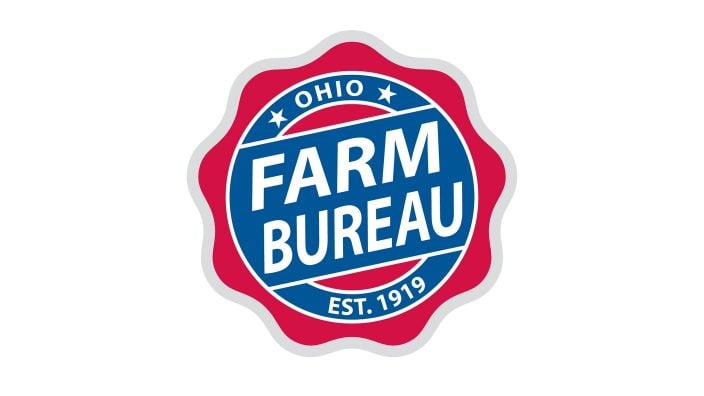
Twenty-six farmers govern the state’s largest farm and food organization.
Read More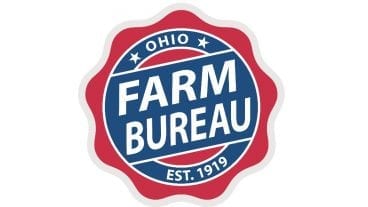
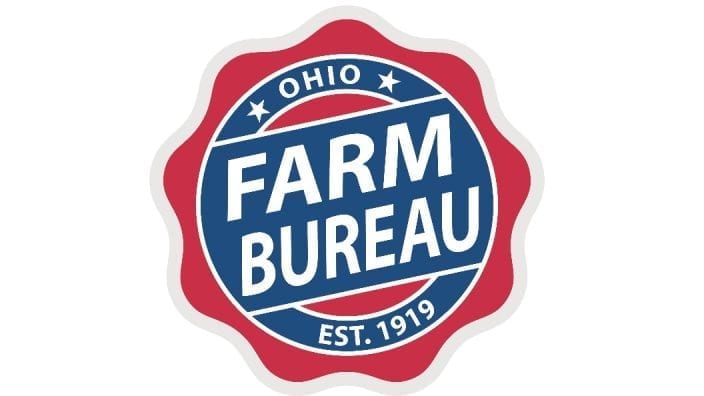
The 2025 recipients are Fred Cooke (posthumous) of Richland County, Marvin Dietsch of Williams County, Steven Knollman of Hamilton County and Michele Miller (posthumous) of Ottawa County.
Read More